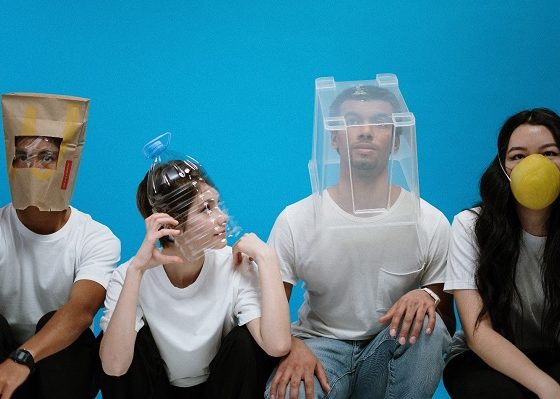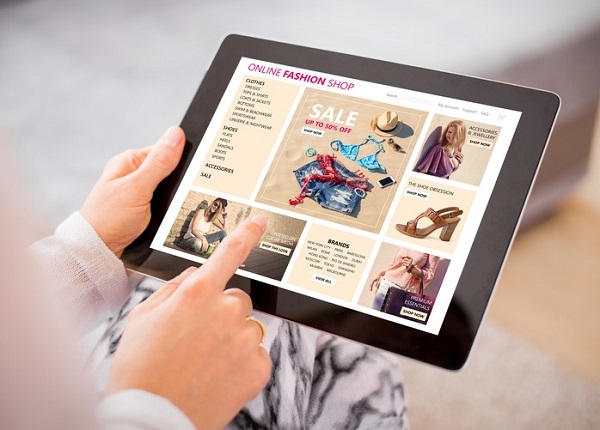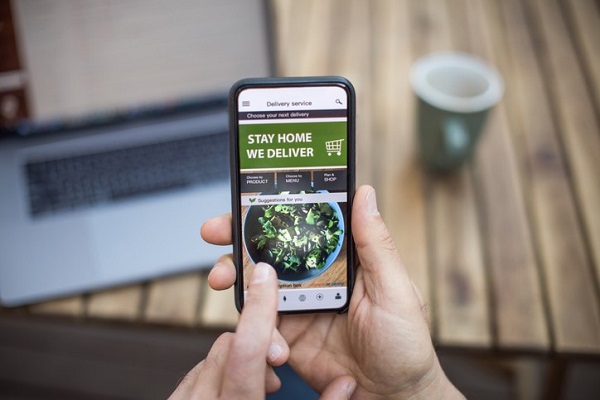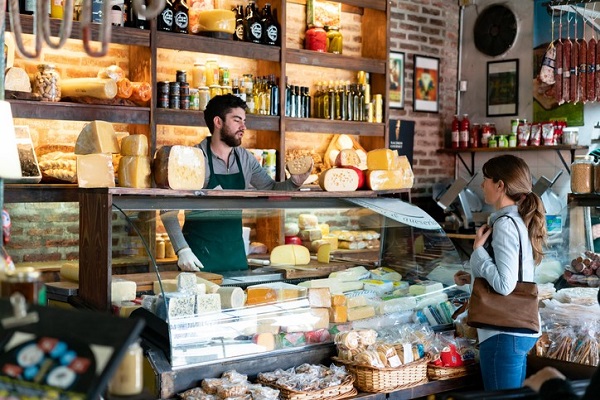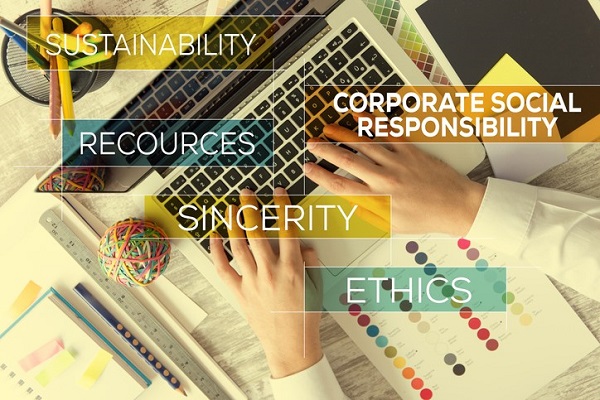The pandemic will slowly go away. Your workplace will reopen. You will occupy the same cubicle and start getting results for your brand with your tried and tested marketing strategies. It sounds too good to be true, isn’t it? Well, that is because it is not true.
After months of lockdown, isolation, and depressing Covid-19 figures, there’s one thing anybody can guess. Nothing is going to be the same again. So, how can we expect to use the same marketing strategies that we used before the pandemic? We cannot, which is because Covid-19 has changed so much in the way consumers interact and consume.
The solution? Well, how do you respond to change? By adapting to it even if it means turning your old strategies on their heads and embracing new ones! Here we discuss a few strategies to market to the new consumer post-COVID-19.
The Case for Connecting Digitally:
This pandemic has physically distanced us, and yet we devise new ways to connect. Similarly, the fact that most physical stores were closed doesn’t mean consumers settled for “no shopping.” Instead, they explored the world of online shopping, and the time in their hands meant a lot more interaction with their brands.
In the US alone, online shopping boomed by 42% in August when compared to last August. Around 72% of sales are by mobile devices alone as per the latest reports. But what does this mean for brands and marketers?
Well, most importantly, it means two things:
- Consumers are spending more time on E-commerce websites
- A majority of online shopping is taking place on smartphones
More consumer time on E-commerce websites means better opportunities for brands, but it also means your brand needs to be accessible. For instance, your E-commerce website needs to become a lot more responsive and user-friendly. It is an opportunity that one cannot afford to let go of.
Furthermore, E-commerce websites will have to concentrate on being mobile-responsive as most online shopping is taking place on mobile devices. In a nutshell, these changes in consumer shift to online shopping are here to stay if we believe in recent surveys. It poses its challenges, and a quick change from offline to more online-centered strategy is sure to benefit brands. You should hire best ecommerce development company to develop your website.
Local Market Consumption:
During the thick of the pandemic, travel was completely shut down. This led to people reaching out to each other in their immediate locality.
In housing societies and gated colonies, the local connection led to more participation and involvement within them. This also led to the formation of online groups and pages at a local community level.
But what does this mean for brands? Well, it can be comfortably said that collecting data at a more localized level and providing personalized solutions is the way to go. Generating engagement at a more localized level can also provide quick results.
This trend of localized involvement has also meant that communities are willing to support local businesses. As a marketer, you need to be where the consumer’s eye goes.
Hence, marketing at a hyper-localized level is an alternative and a major opportunity to enhance reach. This is the cast, especially for businesses willing to cash in on this trend in consumer behavior.
There’s a lot to learn during this change, even for marketing consultants. A profession that is forever in demand and provides marketers to test their unique marketing ideas.
Social Responsibility:
The Covid-19 pandemic hasn’t yet gone away, but there’s one thing it has strongly affected: social awareness among consumers and their expectations from brands to be socially conscious. To market to the new consumer, you need, not only to tell but also to show how aware and concerned you are for the society at large. So, you have to ‘walk the talk’ and, more importantly, make sure that your target audience watches you do so. For instance, your brand can work towards sustainable marketing by employing ethical strategies towards all involved.
After all, it would be no avail if you go about being socially conscious, but you fail to send that message to your consumer base. Starting from how a brand treats its employees to the concern they show for their customers and raising issues, and the new consumer will notice everything.
Today’s brands cannot rely on their performance alone to stay in the consumer’s good books. If your brand isn’t woke enough, it might be left behind. This, too, is all about adapting to the changes around you and recognizing faults.
Customer Concerns
Consumer behavior is something that is bound to change. Brands often make the mistake of taking an inevitable change for granted or ignore it. One should rather stay in touch with the trends and keep looking for better marketing techniques online.
Furthermore, one can learn from McDonald’s Philippines’ successful video, who chose to highlight their health and public safety concerns instead of regular marketing.
- McD Philippines President and CEO talking about Covid-19
- After all, only by adapting to change, you can tackle it.
Consumers appreciate companies that are concerned about current social issues and those who bring back to the community. Besides, seeing the company’s concern with their protection and well being brings trust to the brand.
Conclusion
Covid-19 has significantly transformed how all of us think, even more so for consumers. Companies must think in a whole new set of things in a pos-COVID market. If you are not online, you have to be. People will be more concerned about sustainability and how companies are tackling current social issues and how they give back to society.
Another essential factor to consider is acting locally; people start valuing their local products, which bring more trust and make them believe they are doing a good thing for their community. For a brand to continuously compete, adapting to this behavioral change is the only way forward. Make sure your brand doesn’t fall back in line due to outdated strategies that you’re rigid about.
Consider the above-given strategies to continue staying at the top.

